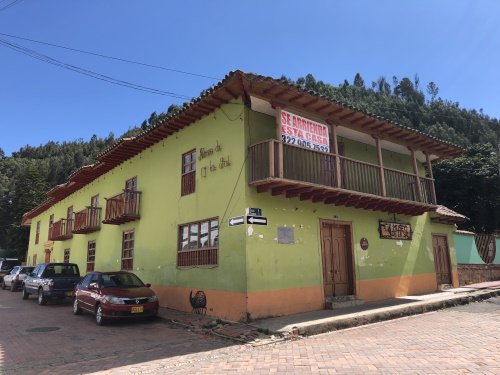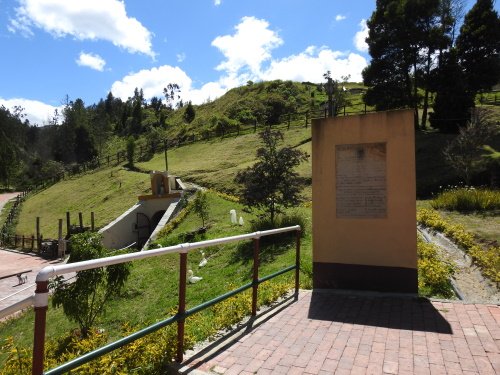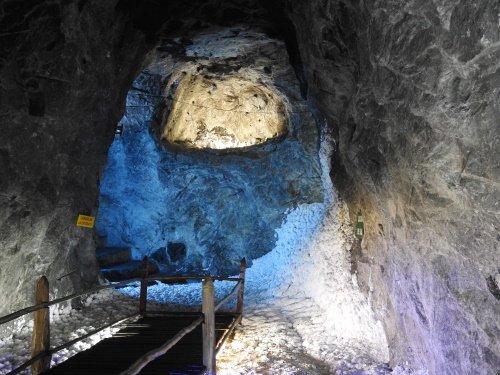Els Slots
Salt Town of Nemocón
In preparation of my Colombia trip I thought I had stumbled upon an interesting TWHS location to write about. Of the 3 Salt Towns that form a combined entry on the Tentative List, Zipaquirá is by far the most touristy one. Nemocón however is a bit more off-the-beaten track and has more authentic salt history on show. I knew from his itinerary that Solivagant aimed for Zipaquirá, so I thought I had found a different (and maybe better!) angle. Upon his return though we exchanged e-mails and it became clear that he had gone to Nemocón as well instead of Zipaquirá. To make things worse, he even wrote the kind of review which makes you wonder whether you’d want to go there at all.

I contemplated for a moment to aim for Tausa, the third town that is part of this Cultural Landscape of Salt Towns TWHS. But that would require an even longer trip by public bus from Bogota. So on an early Sunday morning I was off to Nemocón as well. There are hourly buses by the Transalianza company that will take you there from Bogota’s main bus station (Terminal Salitre, Modulo Rojo). Door-to-door it took me 3 hours each way.
Nemocón turned out to be a cozy place, geared to tourism on a modest scale. You can also get there by tourist train from Bogotá. Salt was extracted in this region already before the arrival of the Spaniards. It was done by boiling brackish groundwater in large jars and then allowing it to dry, which leaves the salt. The Spanish colonizers had the local population produce salt for export on an industrial scale. In the 19th century, Alexander von Humboldt visited Nemocón. He taught the population to extract salt more efficiently by digging salt mines.
The local salt mine, which is no longer used, is now open to visitors. According to the Tentative Site description there must also be a salt museum, located in the oldest building in town. However, I found it firmly closed and sporting a sign "For rent".

I therefore walked straight to the entrance of the salt mine complex. The entrance fee here is 29,000 pesos (7.85 EUR), a steep amount by Colombian standards. I arrived just in time to join a Spanish-speaking tour. The tour started with a visit to a small-scale exhibition (maybe the transferred objects from the closed museum in the town center?) - with fossils of fish and other animals found here, when (100 million years ago) there was a sea at this location. This also explains the presence of salt layers.
There were some 30-40 visitors on my tour, at first glance all Colombian day trippers. After donning the helmets and walking down a somewhat slippery staircase we arrived in the most beautiful part of the salt mine. The rough walls with salt fragments are reflected in water channels. When you look over the edge of a channel, it seems like you are looking into an enormous depth; but it is just the mirror image of the ceiling. A special photographer had come along to take souvenir photos of the visitors, to the great delight of the Colombians.

After this we got a tour along an almost endless row of "sights". Some are of a natural nature, such as a "waterfall" of salt. But much has also been added by humans. There is of course a chapel, a nativity scene made of salt crystals, a big heart made of salt and a number of exhibits about people who played an important role in the history of this salt mine.
The tour lasted 2 hours in total - very long. I didn't feel as bad about it as Solivagant (our group didn’t have to go through rounds of introductions and there were only limited question-answer plays). But at the end I was constantly checking the time to see if it would be over soon or whether we had to view even more strange things slightly associated with salt....
More on
Els SlotsComments
No comments yet.
